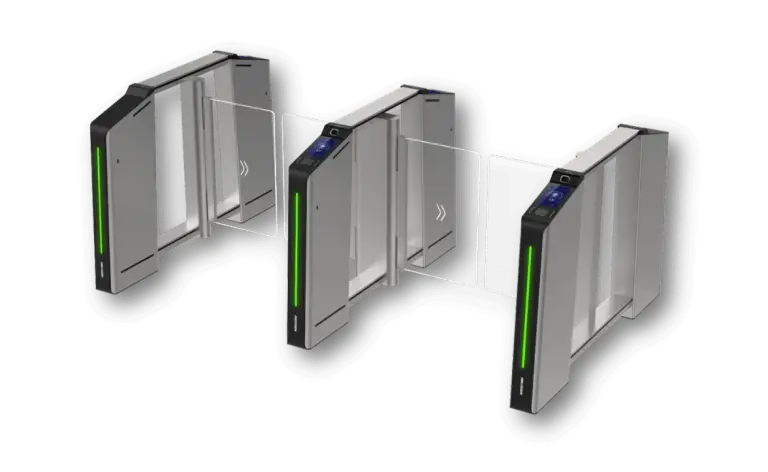To provide secure access controls to buildings or other facilities, organizations frequently use turnstiles with facial recognition technology. However, the traditional design for this type of device incorporates mechanical sliding ‘wings’ or another type of turnstile door, plus a mounted authentication unit that needs to be integrated manually.

This design, which is based on two key components that need to communicate with each other, can be problematic. Not only does this design require complex wiring, making installation time-consuming and expensive. But there is also a risk that a communications issue between the authentication and turnstile components could prevent an authorized person from entering a building, or vice versa – creating inconvenience and security risks.



